The lush landscapes of Malaysia, known for their rich biodiversity, are undergoing significant changes due to the rapid expansion of palm oil plantations. This lucrative crop is intertwined with the global economy, yet its production poses serious threats to the unique ecosystems in Malaysia. This article explores the multifaceted impacts of palm oil plantations on the nation’s biodiversity, offering a comprehensive look at the challenges and potential solutions.
The Rise of Palm Oil Plantations
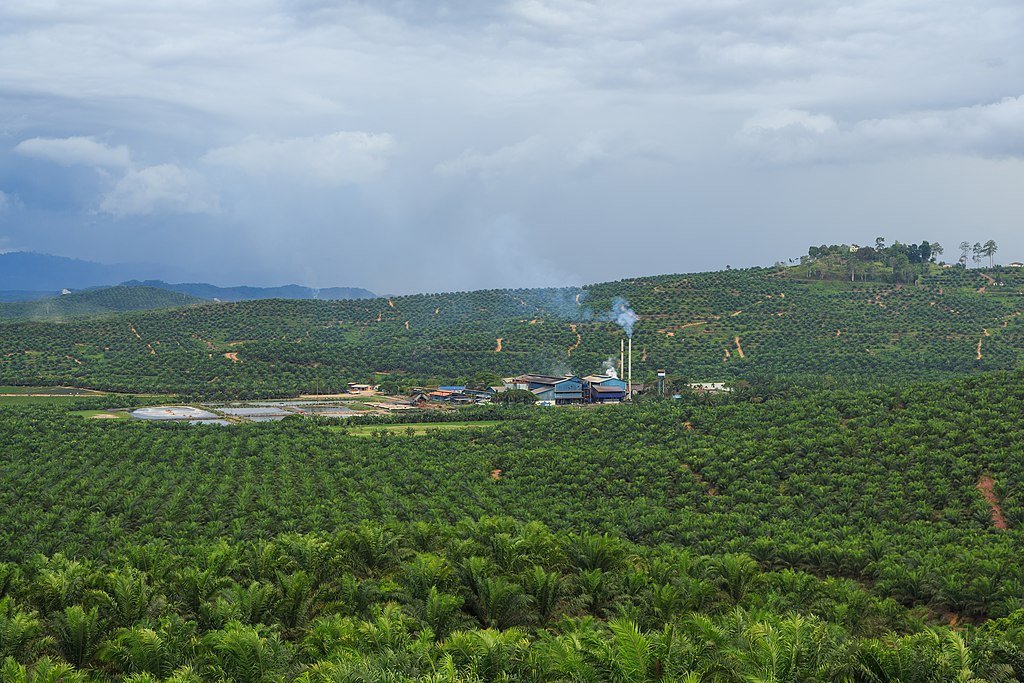
Palm oil, widely used in food products, cosmetics, and biofuels, has become a global commodity. Malaysia, along with Indonesia, is a leading producer, contributing to approximately 85% of the world’s palm oil supply. The country’s suitable climate and soil conditions make it an ideal location for palm oil cultivation, prompting large-scale deforestation to make way for plantations.
Loss of Habitat

One of the most severe consequences of palm oil plantations is habitat loss. Over the past decades, vast expanses of rainforest have been cleared, leading to the displacement of numerous wildlife species. The loss of habitat threatens species such as the Malayan tiger, orangutans, and the Bornean pygmy elephant, pushing them towards extinction.
Biodiversity Hotspot Under Threat

Malaysia is recognized as a biodiversity hotspot, home to thousands of plant and animal species, many of which are endemic. The conversion of rich, diverse forests into monoculture plantations drastically reduces the area’s biodiversity, affecting both flora and fauna. This loss disrupts ecological balance and diminishes genetic diversity, which is crucial for resilience against diseases and environmental changes.
Impact on Indigenous Communities
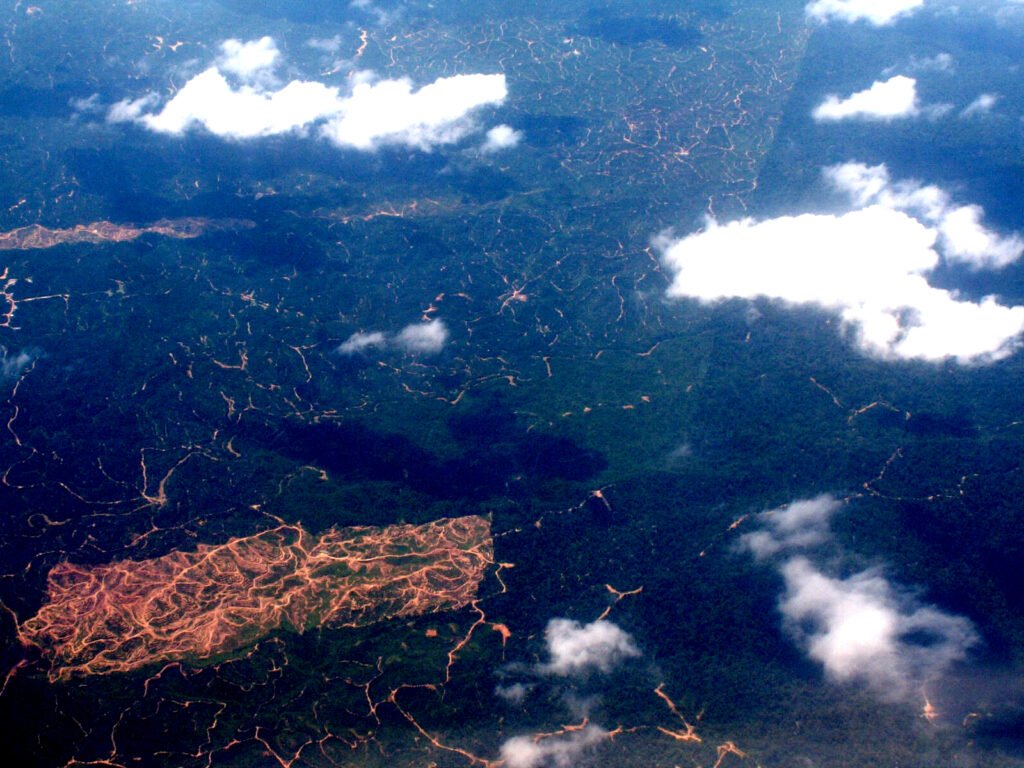
The expansion of palm oil plantations not only impacts wildlife but also affects indigenous communities who depend on the forests for their livelihood. These communities often lose access to traditional lands and resources, leading to conflicts and social issues. The disruption of their way of life raises concerns about cultural preservation and social equity.
Soil Degradation and Water Pollution
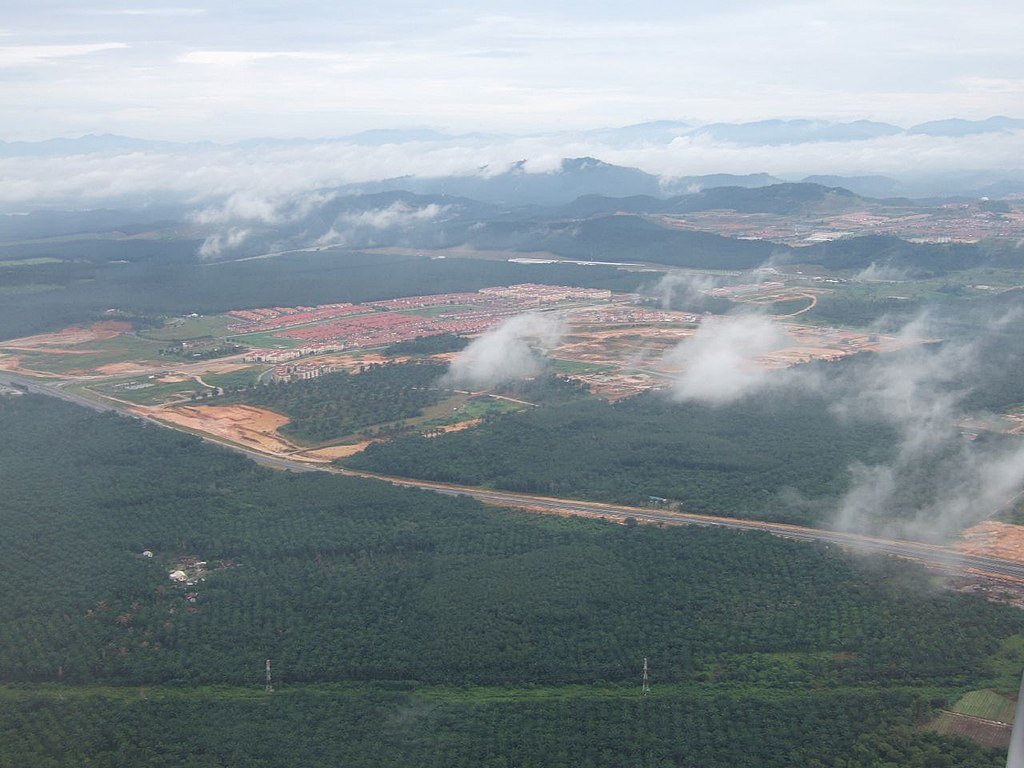
Palm oil cultivation practices often lead to soil degradation and water pollution. The clearing of land for plantations results in soil erosion, while the use of fertilizers and pesticides contaminates water sources. These chemicals can have far-reaching impacts on local ecosystems, affecting both terrestrial and aquatic life.
Contributions to Climate Change
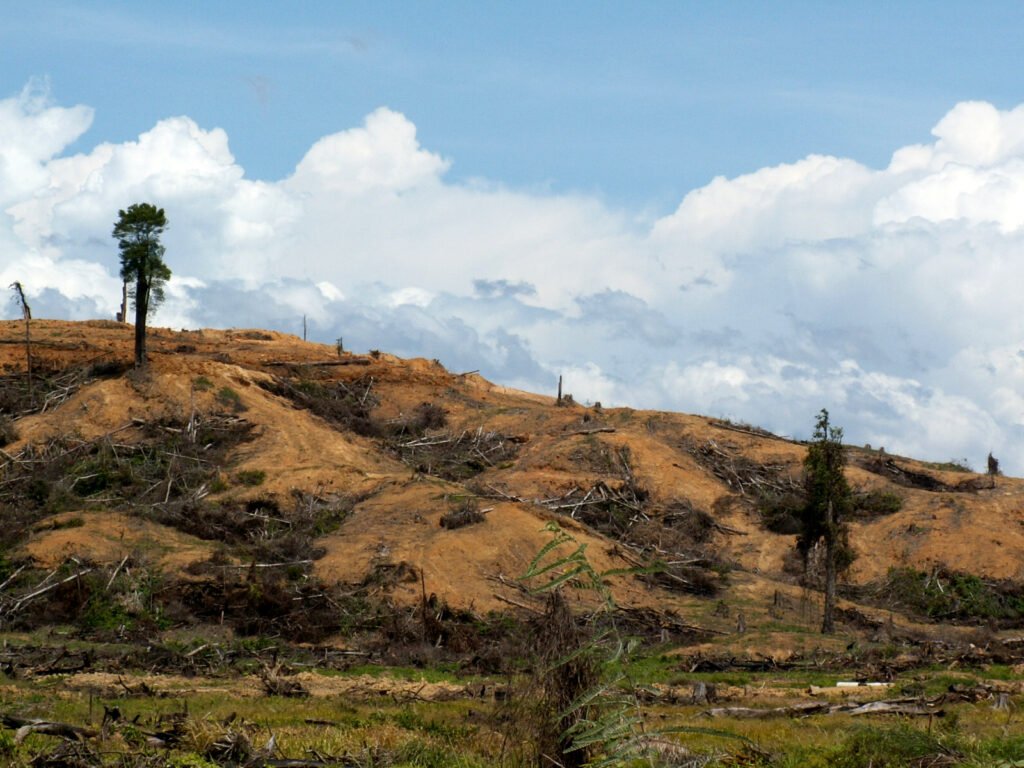
The deforestation associated with palm oil plantations contributes significantly to carbon emissions, affecting global climate patterns. Peatlands, which store vast amounts of carbon, are often drained and burned to make way for cultivation, releasing significant quantities of greenhouse gases.
Conservation Efforts and Challenges
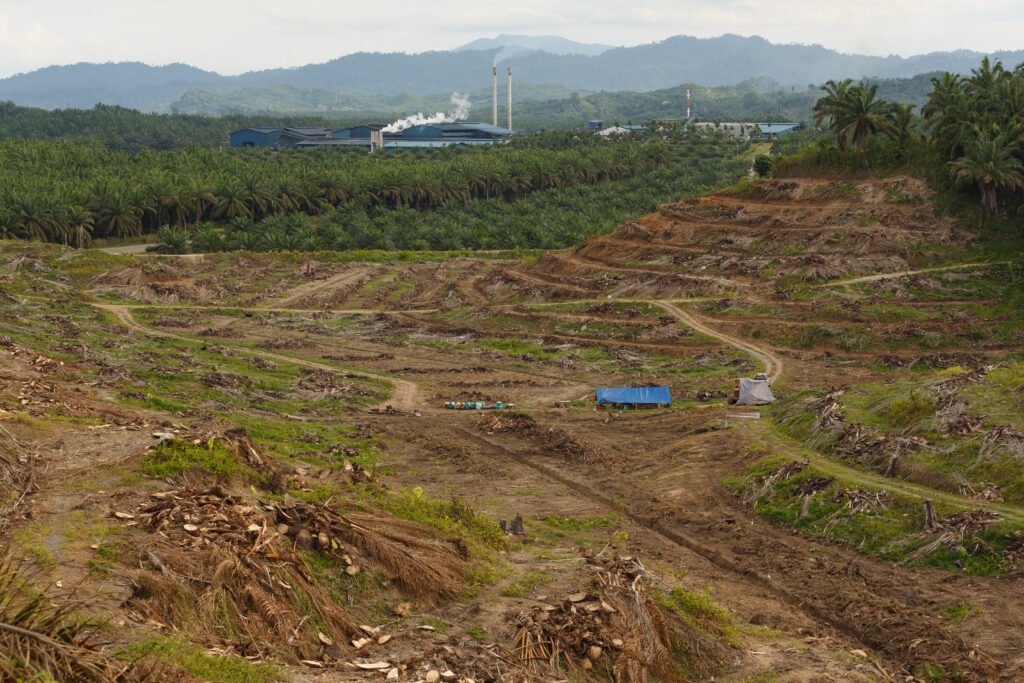
To mitigate these environmental impacts, various conservation efforts are underway. These include stricter regulations, sustainable certification, and the promotion of alternative agricultural practices. Despite these efforts, challenges such as enforcement and economic pressures remain significant obstacles.
Economic Significance vs. Environmental Costs
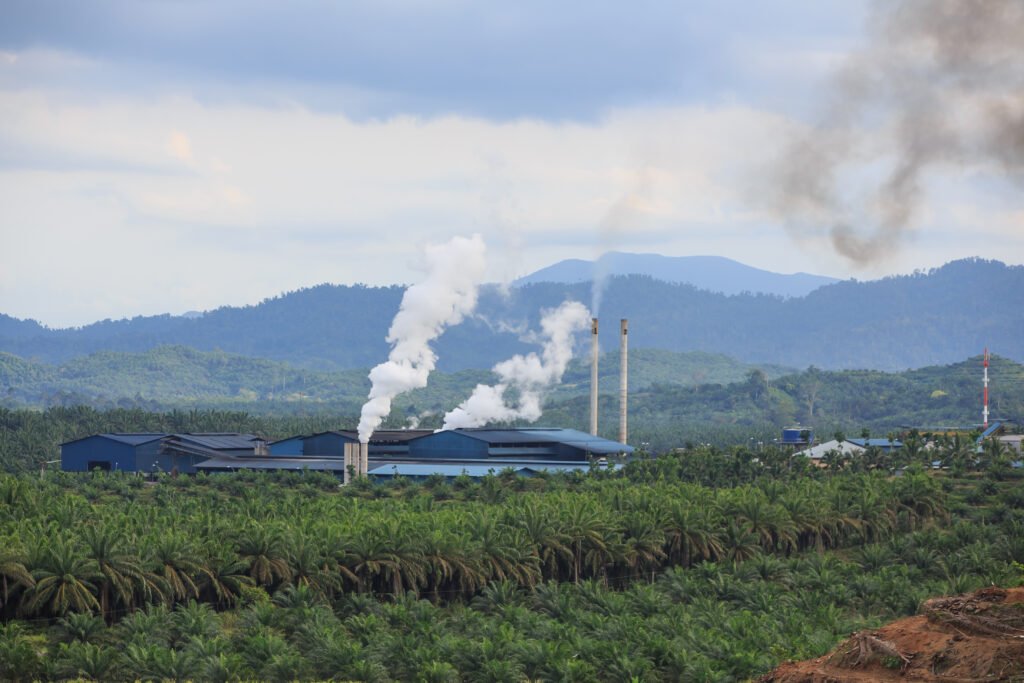
The economic benefits of palm oil production cannot be overlooked. It is a major economic driver, providing employment and contributing significantly to the country’s GDP. However, balancing economic growth with environmental sustainability presents a complex challenge that requires careful consideration and innovative approaches.
Exploring Sustainable Alternatives
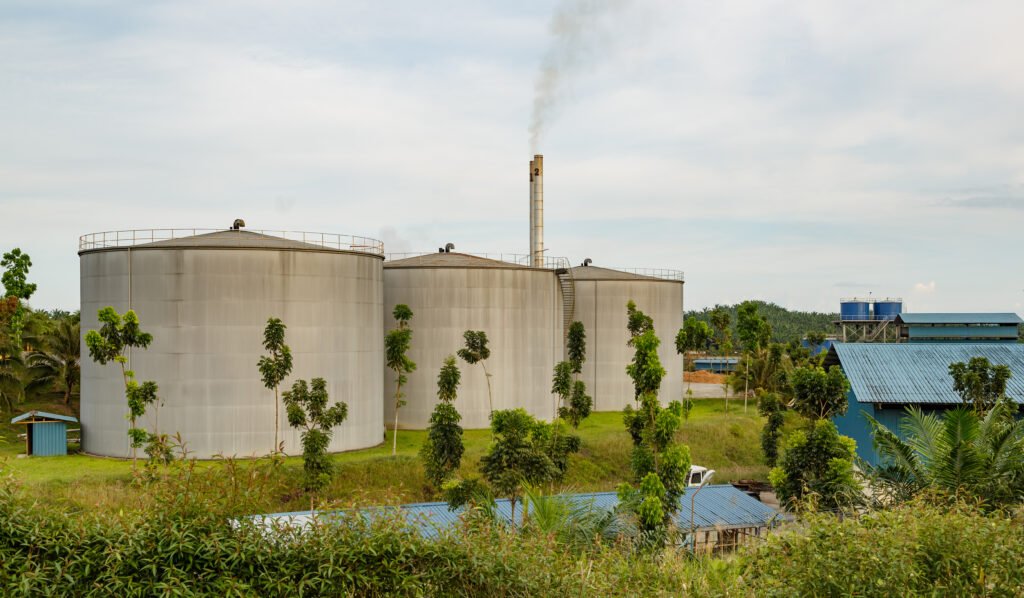
One potential solution is the adoption of sustainable palm oil certified by organizations such as the Roundtable on Sustainable Palm Oil (RSPO). Such certification aims to promote environmentally and socially responsible practices, ensuring that palm oil is cultivated without further harming Malaysia’s biodiversity.
Role of Global Consumers
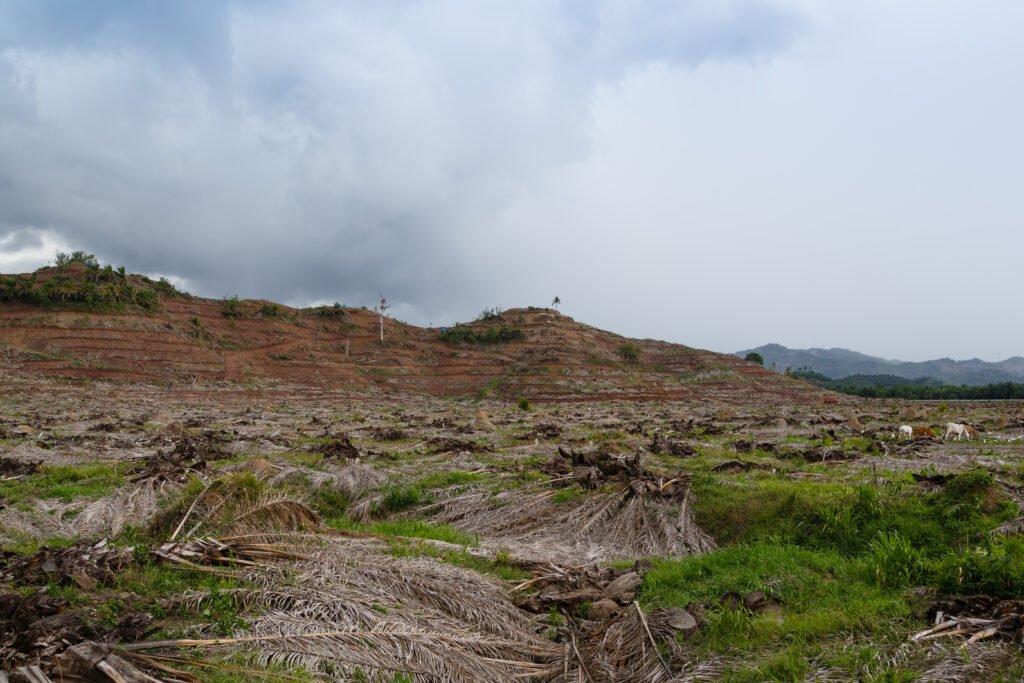
Consumers play a crucial role in driving demand for sustainable products. By opting for products that contain certified sustainable palm oil, they can incentivize producers to adopt eco-friendly practices. Consumer awareness initiatives can help shift demand towards more responsible options.
Government Policies and Interventions
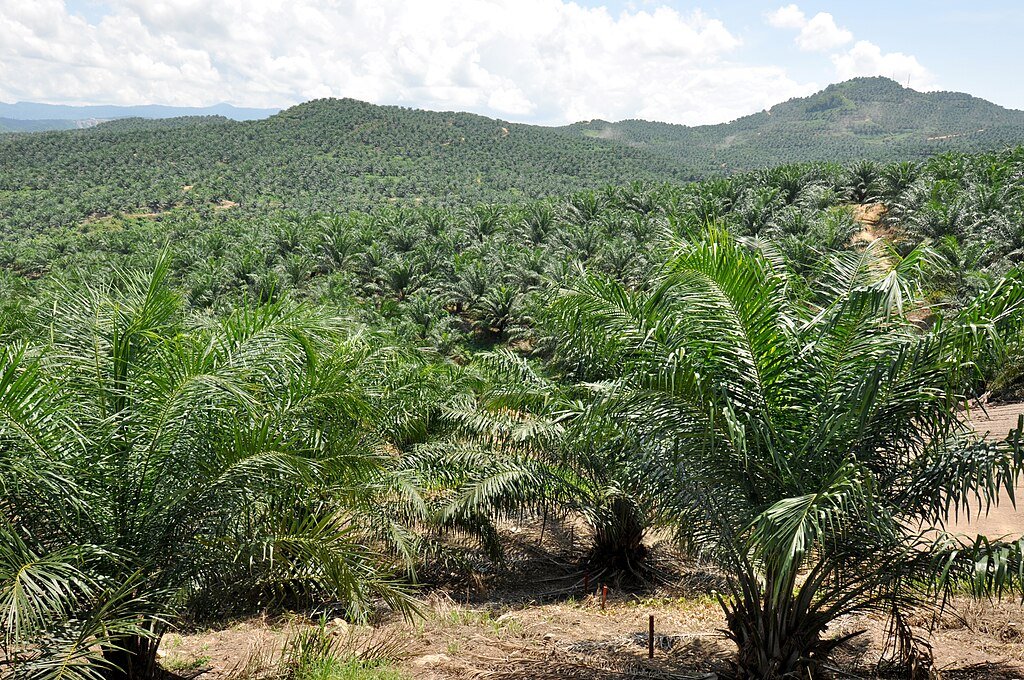
Government intervention is vital in regulating the palm oil industry. Policies that incentivize sustainable practices and penalize environmental degradation can drive change. Effective land use planning and forest protection laws are essential in safeguarding Malaysia’s biodiversity.
Future Outlook: A Path to Coexistence
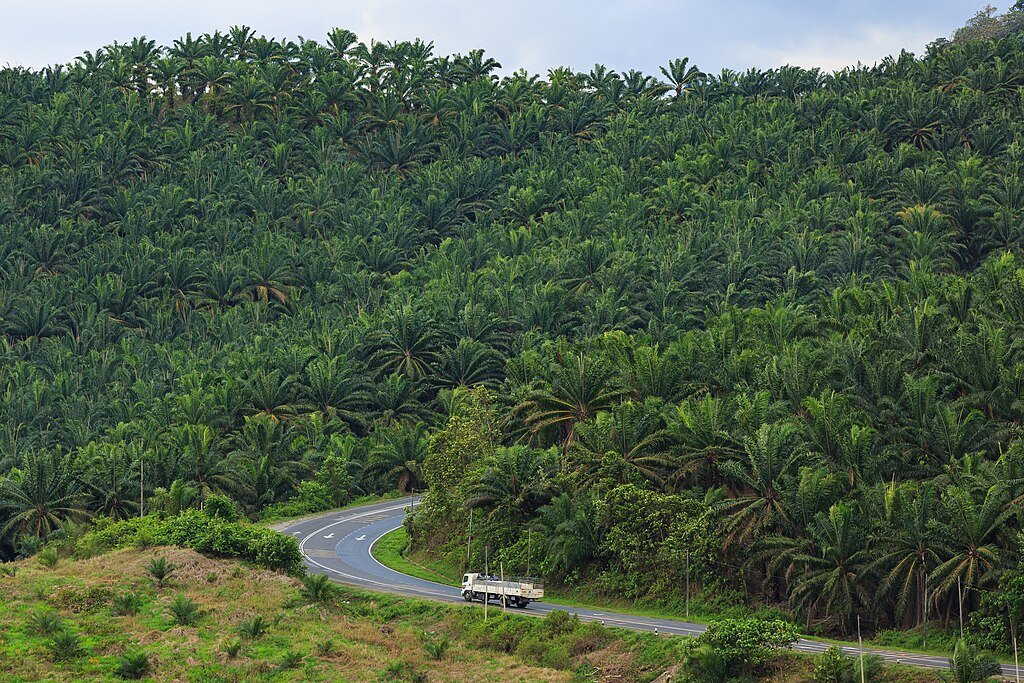
The future of Malaysia’s biodiversity amid palm oil expansion is uncertain, but not without hope. Multistakeholder collaboration, involving governments, industry, NGOs, and local communities, is essential to develop pathways for coexistence. By aligning economic objectives with environmental conservation, a balanced approach can be achieved.
In conclusion, the impact of palm oil plantations on Malaysia’s biodiversity presents a complex dilemma. While the economic benefits are substantial, the environmental and social costs are equally significant. Through sustainable practices, informed policymaking, and consumer awareness, it is possible to mitigate these impacts and ensure that Malaysia’s rich biodiversity is preserved for future generations.




